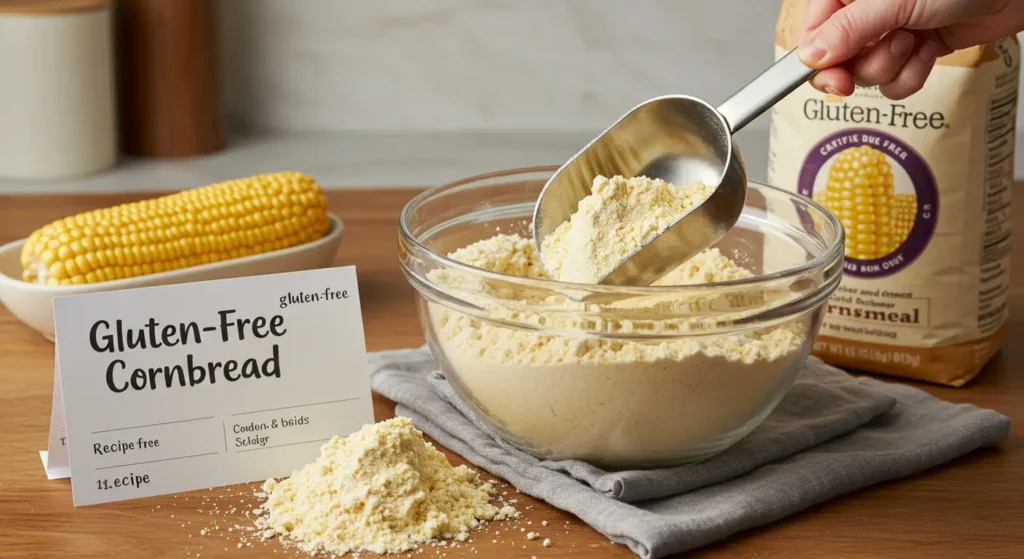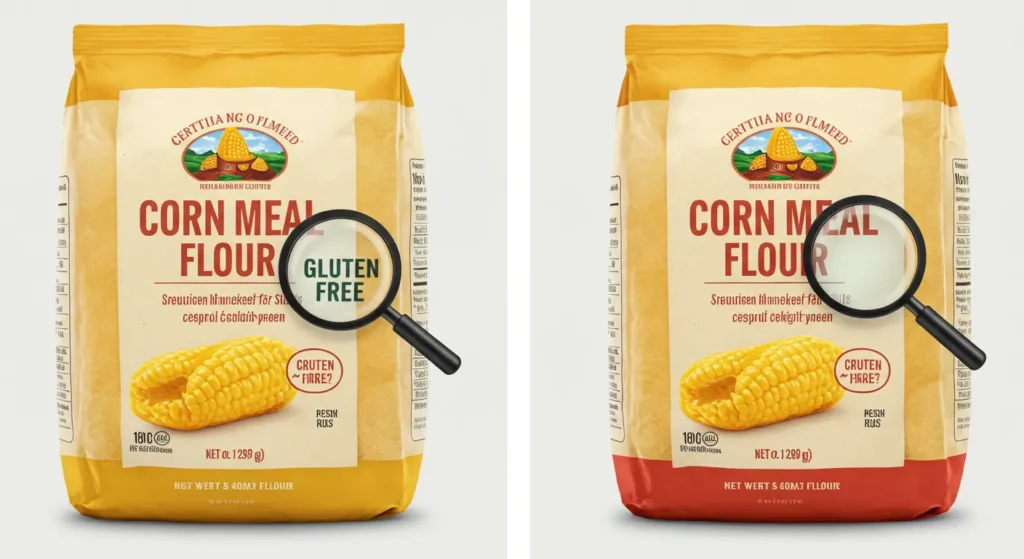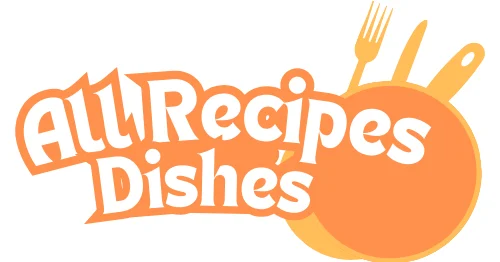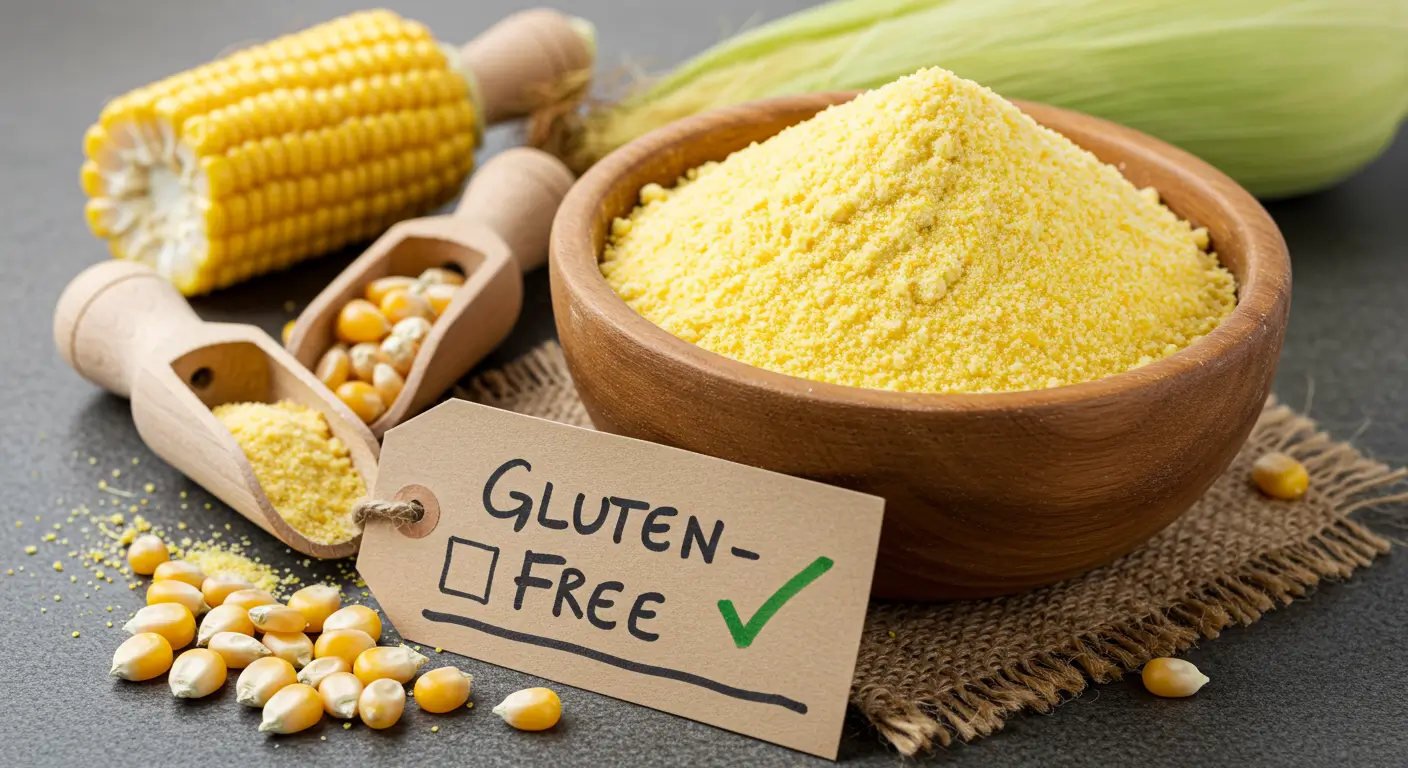Is Cornmeal Flour Gluten-Free? Discover the Truth Behind This Popular Ingredient
Is Cornmeal Flour Gluten-Free? If you’re following a gluten-free diet, you may be curious about whether cornmeal flour is safe to eat. The answer is yes—cornmeal-flour is naturally free of gluten, making it a great option for those with gluten sensitivity or celiac disease.
Since corn is a gluten-free grain, cornmeal flour fits perfectly into gluten-free cooking and baking. In this post, we’ll explore the types of cornmeal-flour available and how you can incorporate them into your gluten-free meals with confidence.
Table of Contents
What Is Cornmeal Flour?
Cornmeal flour is made from ground corn kernels. It’s used a lot in baking and cooking traditional dishes. Knowing how it’s made helps you use it better in your kitchen.
The Production Process of Cornmeal Flour
Cornmeal flour is made by grinding dried corn kernels into different textures. The process includes cleaning, grinding, and sometimes sifting the corn. The quality of the cornmeal depends on the corn kernels and how it’s ground.
The grinding can be fine, medium, or coarse. Fine grinds are good for baked goods. Coarser grinds are great for polenta or adding texture to recipes.
Different Types of Cornmeal
Cornmeal varies by grind size and corn color. Knowing these differences helps you pick the right one for your recipes.
Fine, Medium, and Coarse Grinds
The grind size changes the texture of your dish. Fine grinds are best for baked goods, like cakes and cookies. They make the texture smooth. Medium grinds are versatile and work well in many dishes, like cornbread. Coarse grinds are perfect for polenta or adding texture to dishes.
Yellow vs. White Cornmeal
There are yellow and white cornmeal types, differing in color and taste. Yellow cornmeal has a stronger corn flavor, often used in Southern American recipes. White cornmeal is milder and works in many dishes, including baked goods. Your choice depends on your taste and recipe needs.
Is Cornmeal Flour Gluten Free?
To know if cornmeal-flour is gluten-free, we must understand gluten, cornmeal’s natural makeup, and cross-contamination risks. These factors are key to making smart diet choices.

Understanding Gluten
Gluten is a protein found in grains like wheat, barley, and rye, and it can cause health issues for those with gluten sensitivity or celiac disease. Choosing gluten-free alternatives is essential for maintaining a healthy and safe diet.
Cornmeal’s Natural Composition
Cornmeal comes from corn and is naturally gluten-free. This makes it a great choice for those avoiding gluten. But, how it’s processed is very important.
Cross-Contamination Risks
Even though cornmeal is gluten-free, it can still get contaminated. This happens if the same equipment is used for gluten grains without cleaning well.
Manufacturing Processes
Manufacturers can reduce contamination by using separate gluten-free lines or cleaning well between batches. Some places even have special areas for gluten-free products.
Shared Equipment Concerns
Equipment shared between gluten and gluten-free products is a big risk. If not cleaned right, gluten can get into gluten-free foods like cornmeal flour. Look for manufacturers that share how they handle equipment.
To make sure your cornmeal flour is gluten-free, do the following:
- Look for gluten-free labels on the packaging.
- Learn about the manufacturer’s cross-contamination policies.
- Reach out to the manufacturer’s customer service if you’re unsure.
By staying informed and careful, you can safely enjoy cornmeal-flour in your gluten-free diet.
Reading Labels and Certification
When choosing cornmeal-flour for a gluten-free diet, reading labels is key. The packaging tells you all you need to know. Knowing what’s on the label helps you make a smart choice.
Gluten-Free Certification Labels
Look for gluten-free certification on the label. Organizations such as the Gluten-Free Certification Organization (GFCO) and the Celiac Support Association (CSA) provide official gluten-free certification labels. They show the product meets gluten-free standards.

Certification labels signify:
- Compliance with gluten-free standards
- Regular testing for gluten presence
- Adherence to good manufacturing practices
What to Look for When Buying Cornmeal
There’s more to check on the label than just certification. Make sure the ingredient list doesn’t include gluten. Some products might have wheat or barley, which aren’t gluten-free. Also, look for how the product is made to avoid gluten.
Key points to check on the label include:
- Ingredient list for gluten-containing grains
- Manufacturer’s cross-contamination protocols
- Any advisory statements about gluten exposure during processing
Nutritional Profile of Cornmeal Flour
Cornmeal flour is an excellent gluten-free option for baking. Rich in nutrients, it offers health benefits and can be a valuable addition to your diet.
Calories and Macronutrients
Cornmeal flour is mostly carbs, which gives you energy. A cup of it has about 400-500 calories, mostly from carbs. It also has a lot of dietary fiber, which helps with digestion and feeling full.
The protein in cornmeal-flour is moderate, and it has very little fat. This makes it a healthy option for those trying to lose weight or eat better.
Vitamins and Minerals
Cornmeal-flour is also full of vitamins and minerals. It has a lot of thiamin (Vitamin B1), folate, and phosphorus. Thiamin helps with energy and nerve function. Folate is important for cell growth. Phosphorus helps with bone health and DNA.
Eating cornmeal-flour can help you get the vitamins and minerals you need. It’s a great way to support your health.
Health Benefits for Gluten-Free Diets
For those who can’t eat gluten, cornmeal-flour is a good choice. It’s a natural source of nutrients that gluten-free diets might miss. The fiber in cornmeal-flour helps control blood sugar and aids digestion.
The vitamins and minerals in cornmeal-flour support your overall health. They help with energy, bone health, and more. Choosing cornmeal flour means you’re avoiding gluten and getting important nutrients.
Gluten-Free Recipes Using Cornmeal Flour
With cornmeal flour, you can make tasty gluten-free treats and meals. It’s a versatile ingredient for gluten-free recipes, from baked goods to savory dishes.
Baked Goods
Cornmeal flour adds texture and flavor to baked goods. You can make delicious cornbread, pancakes, or even a pizza crust.

Southern-Style Cornbread
Cornbread is a classic Southern recipe. You’ll need 2 cups of cornmeal flour, 1/2 cup of gluten-free flour, 1/2 cup of sugar, and more.
- Preheat your oven to 400°F (200°C).
- Combine the dry ingredients separately from the wet ones in different bowls.
- Combine the mixtures and pour into a greased skillet.
- Bake for 20 to 25 minutes, checking doneness with a clean toothpick.
Cornmeal Pancakes
Cornmeal pancakes are a tasty breakfast option. Mix 1 cup of cornmeal flour, 1 cup of gluten-free flour, and more.
Cornmeal Pizza Crust
Yes, you can make a pizza crust using cornmeal flour! Mix 2 cups of cornmeal flour, 1 cup of gluten-free flour, and more.
Savory Dishes
Cornmeal flour is great in savory dishes too. You can make creamy polenta, use it as a crust for fish, or make traditional dishes like tamales and arepas.
Creamy Polenta
Creamy polenta is a comforting side dish. Cook 1 cup of cornmeal-flour in 4 cups of boiling water, stirring constantly. Add butter and Parmesan cheese for extra flavor.
Cornmeal-Crusted Fish
For a crispy fish crust, mix cornmeal flour with other ingredients. First, dip the fish in beaten eggs, then cover them with the cornmeal blend. Fry until golden and crispy.
Tamales and Arepas
Cornmeal-flour is key in traditional Latin American dishes like tamales and arepas. For tamales, mix cornmeal-flour with lard and broth. For arepas, mix cornmeal-flour with water and a pinch of salt, then grill or bake until crispy.
| Recipe | Main Ingredients | Cooking Method |
|---|---|---|
| Southern-Style Cornbread | Cornmeal flour, gluten-free flour, sugar, eggs | Bake |
| Cornmeal Pancakes | Cornmeal flour, gluten-free flour, milk, eggs | Pan-fry |
| Cornmeal Pizza Crust | Cornmeal flour, gluten-free flour, yeast, water | Bake |
| Creamy Polenta | Cornmeal flour, water, butter, Parmesan | Boil |
| Cornmeal-Crusted Fish | Cornmeal flour, gluten-free flour, fish fillets, eggs | Fry |
Tips for Substituting Cornmeal in Recipes
When substituting cornmeal flour, remember its texture and flavor. It adds a gritty texture and a slightly sweet, corn flavor. Adjust the liquid content in recipes, as cornmeal absorbs differently than traditional flours.
Tip: Start by replacing a small portion of the flour with cornmeal-flour and adjust to taste. This method ensures the right texture and taste.
Conclusion
Cornmeal flour is naturally gluten-free, which is great for those who can’t eat gluten. It’s safe to use in your gluten-free diet if you pick the right type. Also, watch out for cross-contamination to stay safe.
Cornmeal-flour is not just safe; it’s also good for you. It has important vitamins, minerals, and nutrients. It works well in both sweet and savory dishes, making it a key part of a gluten-free recipes.
In conclusion, adding cornmeal flour gluten-free to your meals can be tasty and healthy. Try out new recipes and see how cornmeal-flour gluten-free can benefit you.
FAQ
Is cornmeal flour gluten-free?
Yes, cornmeal-flour is naturally gluten-free. It’s a great choice for those with gluten intolerance or sensitivity.
What is the difference between fine, medium, and coarse grinds of cornmeal flour?
Fine grinds are best for baked goods. Coarser grinds are great for polenta or adding texture.
What is the difference between yellow and white cornmeal?
Yellow cornmeal has a richer corn taste. White cornmeal is lighter in color and flavor.
How can I ensure that my cornmeal flour remains gluten-free?
Look for gluten-free labels. These show the product meets gluten-free standards. Also, check the ingredients for gluten.
What are the nutritional benefits of cornmeal flour?
Cornmeal-flour is rich in carbs, fiber, and vitamins like thiamin and folate. It also has minerals like phosphorus.
Can I use cornmeal flour in savory dishes?
Yes, cornmeal is essential in creamy polenta. It’s also great as a fish crust or in tamales and arepas.
How do I substitute cornmeal in recipes?
Consider its texture and taste. Adjust as needed for the best results.
What are some gluten-free recipes I can make using cornmeal flour?
Try making cornbread, pancakes, or a pizza crust with cornmeal. It’s also key in tamales and arepas.

